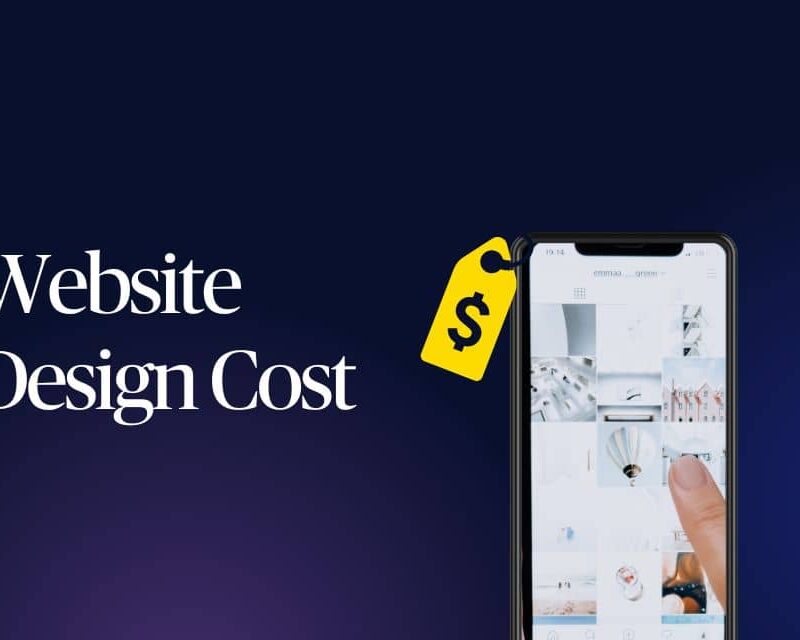Websites are the key component for every business that demonstrates your company’s products and services online. While developing a website you need to focus on the brand to make it recognisable among the visitors. A brand style guide refers to the primary elements which also can reference grammar and spelling, quality, word practice and the point of view. It is actually a document, including a set of rules as well as visual guidelines to assure consistency across all the portion of marketing elements produced by the company.
Though most of the website owner ignores these things, all the companies should include a visual guide along with brand practice instruction in various media which counts website as well. Large companies, mostly have a comprehensive brand style guide covering many aspects of the brand strategy of business counting mission, vision and other key values to brand practice and accomplishment.
If you fail to create a brand style guide for your website, you may face various issues like lack of unifying style guide and you might apply inaccurate or incompatible content which consequence in diverse marketing message leading misunderstanding amongst your visitors. This may make your web solution unimpressive and your visitors might not prefer to visit your site again.
Nevertheless, most of the business depends on the web to endorse their products and services. Thus, this is the main reason brand style guides generally release to web style guides with the particular web rules and guidelines. If you have any confusion on creating a brand style guide then his article can be helpful. Through this article, I will be illustrating the useful guidelines that you need to know to develop the brand style guide.
Now, lets us look for the top guidelines to create the brand Style guide for your website:
Logo
The logo defines your company, so you need to design the logo that can reflect your products, services and brand. You need to employ logo in different formats which include full colour, black and white, transparent and most essentially try to use in the different background. If you have logo Design Company you should place the logo files in the format .png, .jpg or other vector formats for your clients. If you are inserting some taglines, ensure there are rules around the placement, typeface, colour and size associated with the logo.
Color
You can find colour palette of the website into two groups mentioned below:
-
Primary colors
It mostly includes black or grey and one more colour.
-
Secondary Color
It consists of other additional colours that can be employed when different tones are needed.
However, you can give the colour values HEX and RBG for all the colour with your palette. Identify recommended colour combinations since most of the brands consist of primary and secondary colour palettes for defining the major colours employed and the accent colour. Keep in mind, a business web solution should convey a sense of trust and strength.
Typography
Typography specifies the web font family selected for the type of content or text within the web solution. This also includes font-size, font weights, and colours. Web fonts mostly go with Google Fonts which consists of the largest open source directory of web fonts.
Some most common written components within the sites include:
- Headings and subheadings (<h1>, <h2>, <h3>, <h4>……..)
- Menus or menu bar
- Paragraph (<p>)
- Text links (<a>)
- Button Text
- Quotes and boxes (<blockquote>)
- Image Caption
Thus, to create a brand style guide you need to illustrate font family, size, kerning, line spacing, colour for different types of content like header, sub-heading, paragraph, cite, block, quote, labels, form headers or any additionally formulated text that is being employed.
Layout
For a good website, you need to have a fine layout. Firstly, identify the place and the way HTML and other additional components are located on the web page and the way they are related to one another. If possible, it will be better to give some examples of the layout to demonstrate within the pages or outline templates like landing pages, product pages and e-mail communication.
Buttons
Buttons are commonly used in forms and the best way to use the call in action with some catchy words. They mostly employ to influence users to engage and interact with the websites. Colour and of the entire button used in the website should be identifiable. So, try to define the colours and styles for each and every links and button what are being utilised.
Additionally, you can explain using some examples with hex values for the links of the content, sidebar link style, submit button, info button, call button and other additional that is used on the website.
Navigation
A well-defined navigation shows the way to customers to the page they desire to visit. Using simple and easy navigation should be the main focus of every web solution Describe the key and sub navigation styles together with their interactivity. Moreover, you have to identify what will be the outcome if parent/child or nested navigation is employed showing an example of the way navigation should be developed and employed in the website.
Images
Precise image style helps both web solution and blog to convey the message creating an emotional connection with the readers and followers of your site. Additionally, you can develop visually appealing content as well. Defining the style of an image can be more effective to carry out clarity and visual consistency towards your site or blog.
Creating brand style guide can become more successful by specifying other images related features such that minimum and constant image size in the post image to get rid of pixelation, image borders, a position of image caption and other board design or outline.
Header
The first thing that the audience notices while visiting your website is the header. So, try to provide applicable and impressive header. Your header contains different components like image, typography and other graphic components. Furthermore, specifying logo variation for different social media header styles to use on social media sites or e-mail newsletter can accomplish your plan for creating the brand style guide.
Visual Hierarchy
Describe and demonstrative providing some relevant examples the way images, titles, headers, paragraphs and other additional components related to each other on the page. You can give some points that describe the visual hierarchy that you need to accomplish. Providing an underlying principle of the reason of making this hierarchy essential to appear can be efficient to create a brand style for your website.
Conclusion
So, these are some complete guidelines which will definitely help you to create a Brand style guide for your website. Your brand indicates your business and describes the way your audiences, customers and followers look for your company. Therefore, follow the above guideline and make your site rich of the brand style guide.



